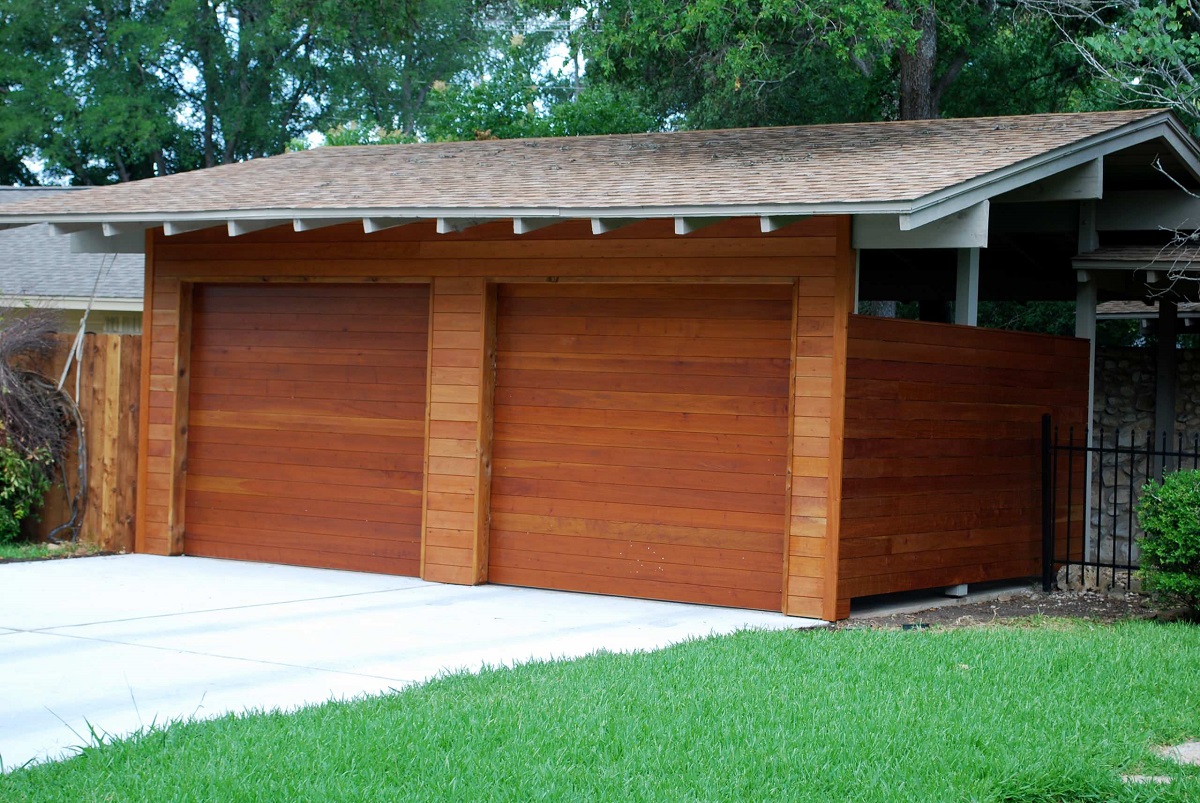

Articles
How To Inclose A Carport
Modified: January 7, 2024
Learn how to enclose your carport with informative articles. Transform your carport into a functional and stylish space with step-by-step guides and expert tips.
(Many of the links in this article redirect to a specific reviewed product. Your purchase of these products through affiliate links helps to generate commission for Storables.com, at no extra cost. Learn more)
Introduction
Welcome to the ultimate guide on how to enclose a carport. Carports are a popular and practical addition to any home, providing protection for vehicles against the elements. However, by enclosing your carport, you can transform it into a versatile space that can be used for a variety of purposes. Whether you want to create an additional living area, a workshop, a home gym, or simply add more storage space, enclosing your carport is the perfect solution.
This guide will walk you through the step-by-step process of enclosing your carport, from gathering the necessary materials to finishing and securing the enclosure. With the right tools and a bit of DIY know-how, you can successfully transform your carport into a functional and attractive space that adds value to your home.
Before diving into the steps, it’s important to consider a few factors. Firstly, check with your local building codes and regulations to ensure that enclosing a carport is allowed in your area. You may need to obtain a permit or follow specific guidelines for the construction. Additionally, carefully assess the condition of your existing carport structure, as it should be in good condition and structurally sound to support the enclosure.
Now, without further ado, let’s get started with the first step: gathering the necessary materials.
Key Takeaways:
- Transform your carport into a versatile living space, workshop, or storage area by following the step-by-step process of enclosing it. Add value to your home with a functional and attractive new space.
- Ensure a successful carport enclosure by gathering materials, measuring boundaries, installing support beams, attaching walls, installing the roof, and finishing and securing the space. Adhere to local regulations and personalize the enclosed area to suit your needs.
Read more: How To Enclose A Carport
Step 1: Gather necessary materials
Before you begin the process of enclosing your carport, it’s essential to gather all the necessary materials. Here is a list of items you will need:
- Measuring tape
- Level
- Pencil or marker
- Safety goggles
- Work gloves
- Power drill
- Screws
- Wood or metal beams
- Walls (panels or sheets)
- Roofing material
- Insulation (if desired)
- Door and window frames (if necessary)
- Paint or sealant
Once you have gathered all the materials, it’s time to move on to the next step: measuring and marking the carport boundaries.
Step 2: Measure and mark the carport boundaries
The next step in enclosing your carport is to accurately measure and mark the boundaries of the area you plan to enclose. This will ensure that your enclosure is properly aligned and fits seamlessly within the existing structure. Here’s how you can do it:
- Start by measuring the length, width, and height of your carport. Use a measuring tape to get precise measurements.
- Mark the corners of your carport using a pencil or marker. Ensure that the marks are visible and can be easily referenced throughout the enclosure installation process.
- Using a level, check that the marks are aligned and level. Adjust if necessary to ensure a straight and even enclosure.
- If your carport has any irregularities or angled walls, measure and mark these as well. Pay attention to any obstacles such as columns, support beams, or doors that may affect the enclosure installation.
- Consider the desired placement of doors and windows within the enclosure. Mark these locations accordingly, ensuring they are strategically positioned for easy accessibility and optimal natural light.
By accurately measuring and marking the boundaries of your carport, you will lay the foundation for a successful enclosure installation. Taking the time to do this step carefully will save you potential headaches and ensure a seamless construction process.
Now that you have measured and marked the carport boundaries, it’s time to move on to Step 3: installing the support beams.
Step 3: Install the support beams
Installing the support beams is a crucial step in the process of enclosing your carport. These beams will provide the necessary structural support for your enclosure. Here’s a step-by-step guide on how to install the support beams:
- Begin by measuring and cutting the beams to the appropriate length. Ensure that they are the correct size and fit securely within the designated boundaries of your carport.
- Use a power drill to pre-drill holes in the beams. This will prevent splitting when you attach them to the walls and roof.
- Align the beams vertically against the walls of your carport. Use a level to ensure they are straight and plumb. Make adjustments as needed.
- Secure the beams to the walls using screws and a power drill. Ensure they are securely fastened and provide adequate support.
- If your carport has a slanted or pitched roof, install additional beams across the top to support the roof structure. Position them at equal intervals to distribute the weight evenly.
- Double-check the stability and alignment of the support beams before proceeding to the next step. Make any necessary adjustments to ensure a solid and secure framework.
By installing the support beams correctly, you are laying the foundation for a sturdy and durable carport enclosure. These beams will provide the necessary structural integrity to support the walls and roof of your enclosed space.
Now that the support beams are in place, it’s time to move on to Step 4: attaching the walls.
Consider using a carport enclosure kit, which typically includes walls, a door, and all necessary hardware for installation. This can provide added protection for your vehicle and create a more secure storage space.
Step 4: Attach the walls
Attaching the walls is a crucial step in the process of enclosing your carport. The walls will provide privacy, insulation, and create a defined space within your enclosure. Here’s a step-by-step guide on how to attach the walls:
- If your carport already has existing walls, you may need to remove or modify them to accommodate the new enclosure walls. Follow the manufacturer’s instructions or consult a professional if necessary.
- Measure and cut the wall panels or sheets to the appropriate size. Use a saw or shears to ensure a precise fit.
- Position the first wall panel against the support beams, making sure it is level and plumb. Secure it in place using screws and a power drill.
- Repeat the process for the remaining wall panels, ensuring they are aligned and connected securely to the support beams. Use a level to check their straightness.
- If your carport has any door or window openings, install the frames accordingly. Ensure they are securely attached and provide a proper seal against the elements.
- If desired, install insulation between the wall panels for additional temperature control and soundproofing. Follow the manufacturer’s instructions for installation.
By attaching the walls properly, you will create a fully enclosed and functional space within your carport. Take your time to ensure that the walls are securely fastened and provide a tight seal. This will contribute to the overall comfort and usability of your enclosure.
Now that the walls are in place, it’s time to move on to Step 5: installing the roof.
Read more: How To Build A Carport
Step 5: Install the roof
Installing the roof is a critical step in enclosing your carport. The roof will provide protection from the elements and complete the enclosure. Here’s a step-by-step guide on how to install the roof:
- Determine the type of roofing material that is suitable for your carport enclosure. Popular options include metal roofing, shingles, or polycarbonate panels. Choose a material that is durable, weather-resistant, and complements the overall design of your home.
- Measure and cut the roofing material to fit the dimensions of your carport. Be precise in your measurements to ensure a snug and secure fit.
- Start by attaching the roofing material to the support beams using appropriate fasteners or screws. Follow the manufacturer’s instructions for the specific type of roofing material you are using.
- Work from one side to the other, overlapping the roofing material as you go. This will create a watertight seal and prevent water from seeping into the enclosure.
- Ensure that the roofing material is properly aligned and level. Use a level to check its straightness and make any necessary adjustments.
- If your carport has a pitched or slanted roof, you may also need to install ridge caps or flashing to provide additional protection against water leakage.
- Double-check the integrity of the roof installation, making sure that it is securely attached and provides adequate protection from the elements.
By installing the roof correctly, you are completing the enclosure and ensuring that your carport is fully protected from rain, snow, and other weather conditions. Take your time and follow the manufacturer’s instructions to achieve a professional and long-lasting result.
Now that the roof is installed, it’s time to move on to Step 6: finish and secure the enclosure.
Step 6: Finish and secure the enclosure
Finishing and securing the enclosure is the final step in the process of enclosing your carport. This step involves adding the final touches to make the space functional, aesthetically pleasing, and secure. Here’s a step-by-step guide on how to finish and secure your carport enclosure:
- Inspect the walls and roof for any gaps, cracks, or imperfections. Use sealant or caulk to fill in any openings and create a tight seal. This will prevent drafts, water leakage, and the entry of pests into the enclosure.
- If desired, paint the walls and roof to enhance the appearance of the enclosure. Choose a paint color that complements the overall design of your home and withstands outdoor conditions.
- Install any necessary electrical outlets, lighting fixtures, or ventilation systems. Consult a professional if electrical work is required to ensure safe and compliant installation.
- If your carport enclosure includes windows or doors, ensure they are properly installed and securely sealed. Double-check that they open and close smoothly and provide a tight fit.
- Add any finishing touches to make the space functional and comfortable. This can include flooring, insulation, shelving, or furniture depending on the intended use of the enclosure.
- Secure the enclosure by reinforcing the doors and windows with appropriate locks and security measures. This will ensure the safety of the contents stored within the enclosure.
- Regularly maintain and inspect the enclosure to check for any signs of damage, wear, or deterioration. Address any issues promptly to maintain the longevity and functionality of your carport enclosure.
By finishing and securing the enclosure, you are creating a fully functional space that adds value to your home. Whether you plan to use the enclosed carport as a living area, workshop, or storage space, ensuring its durability, comfort, and security is essential.
Congratulations! With the completion of Step 6, you have successfully enclosed your carport. Enjoy your newly transformed space and make the most out of its versatility.
Remember to check with local building codes and regulations before embarking on the process of enclosing your carport. Some areas may have specific requirements or permits needed for such projects. Additionally, if you’re unsure about any aspect of the enclosure installation, consult a professional for guidance and assistance.
Thank you for following this comprehensive guide on how to enclose a carport. We hope that this step-by-step process has been helpful in achieving your desired results. Enjoy your new space!
Conclusion
Enclosing a carport is a rewarding project that can transform an underutilized space into a functional and versatile extension of your home. By following the steps outlined in this guide, you can successfully enclose your carport and create a new living area, workshop, or storage space that adds value to your property.
Throughout the process, it is crucial to gather the necessary materials, measure and mark the boundaries, install the support beams, attach the walls, install the roof, and finish and secure the enclosure. Each step plays a crucial role in ensuring the structural integrity, functionality, and aesthetic appeal of the enclosed carport.
When enclosing your carport, remember to adhere to local building codes and regulations to ensure compliance and obtain any necessary permits. Safety should always be a top priority, so when in doubt, consult professionals or seek expert guidance to ensure a successful and safe enclosure installation.
Once your carport is fully enclosed, take the time to personalize the space to suit your needs. Add finishing touches such as paint, flooring, insulation, and furniture to create a comfortable and inviting environment. Regular maintenance and inspections will help preserve the quality and longevity of your enclosure.
Enclosing a carport is not only a practical solution for protecting your vehicles but also a creative way to maximize the functionality of your property. From additional living space to a dedicated workspace, the possibilities are endless.
We hope this comprehensive guide has provided you with the knowledge and inspiration you need to embark on your carport enclosure project. Enjoy the process, and may your newly enclosed space bring you years of comfort and joy!
Frequently Asked Questions about How To Inclose A Carport
Was this page helpful?
At Storables.com, we guarantee accurate and reliable information. Our content, validated by Expert Board Contributors, is crafted following stringent Editorial Policies. We're committed to providing you with well-researched, expert-backed insights for all your informational needs.
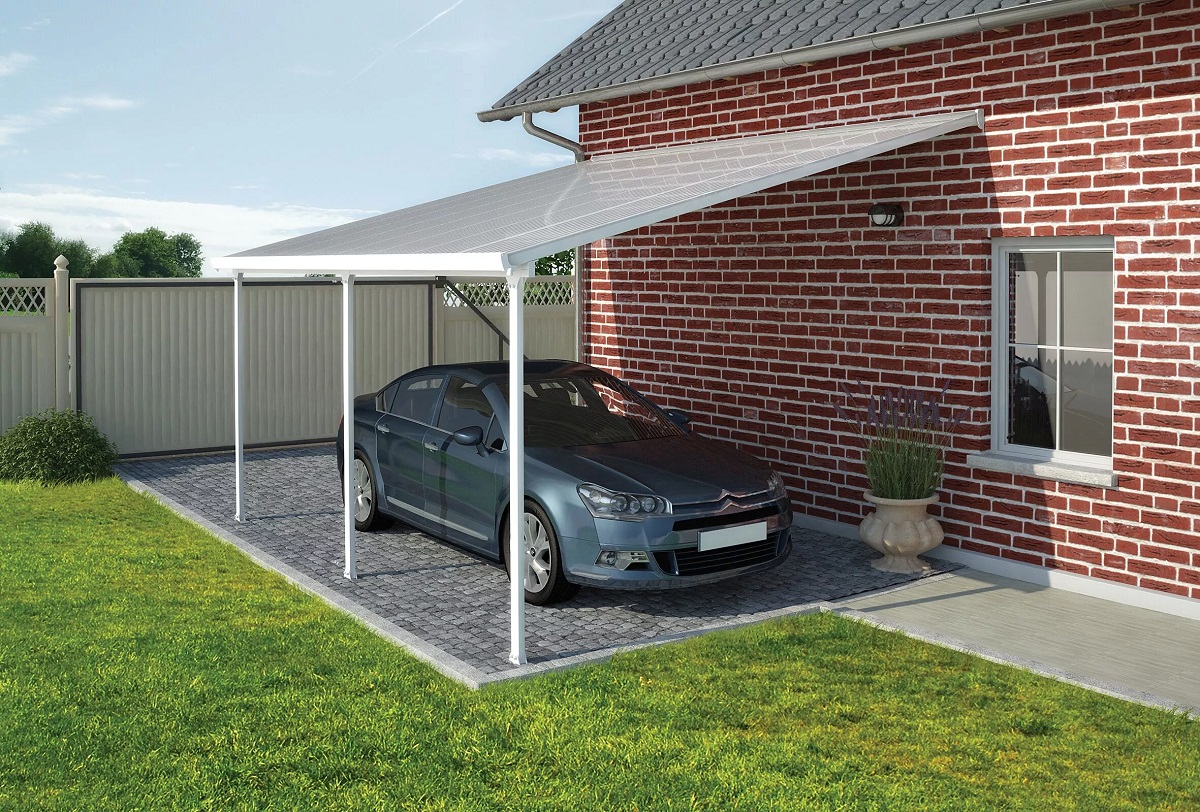
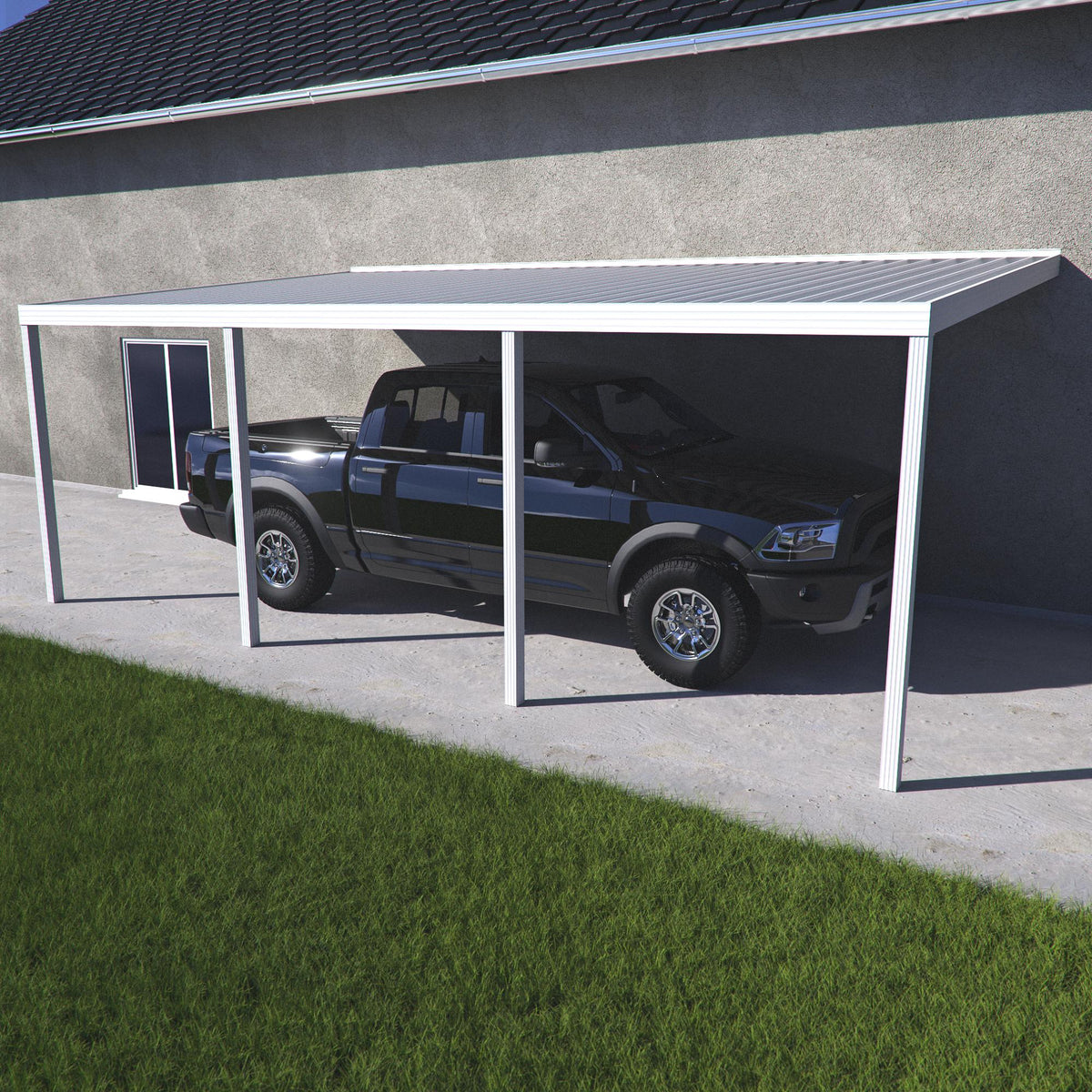
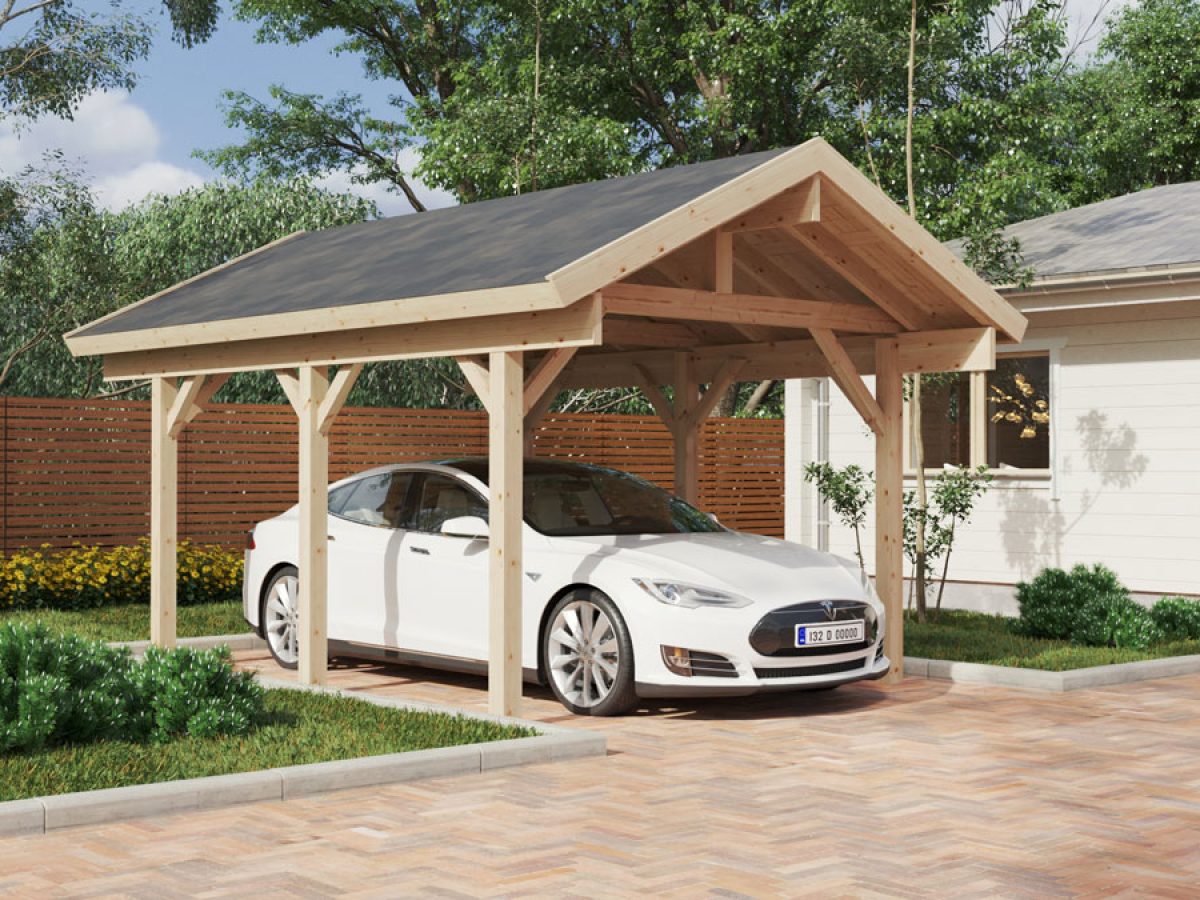

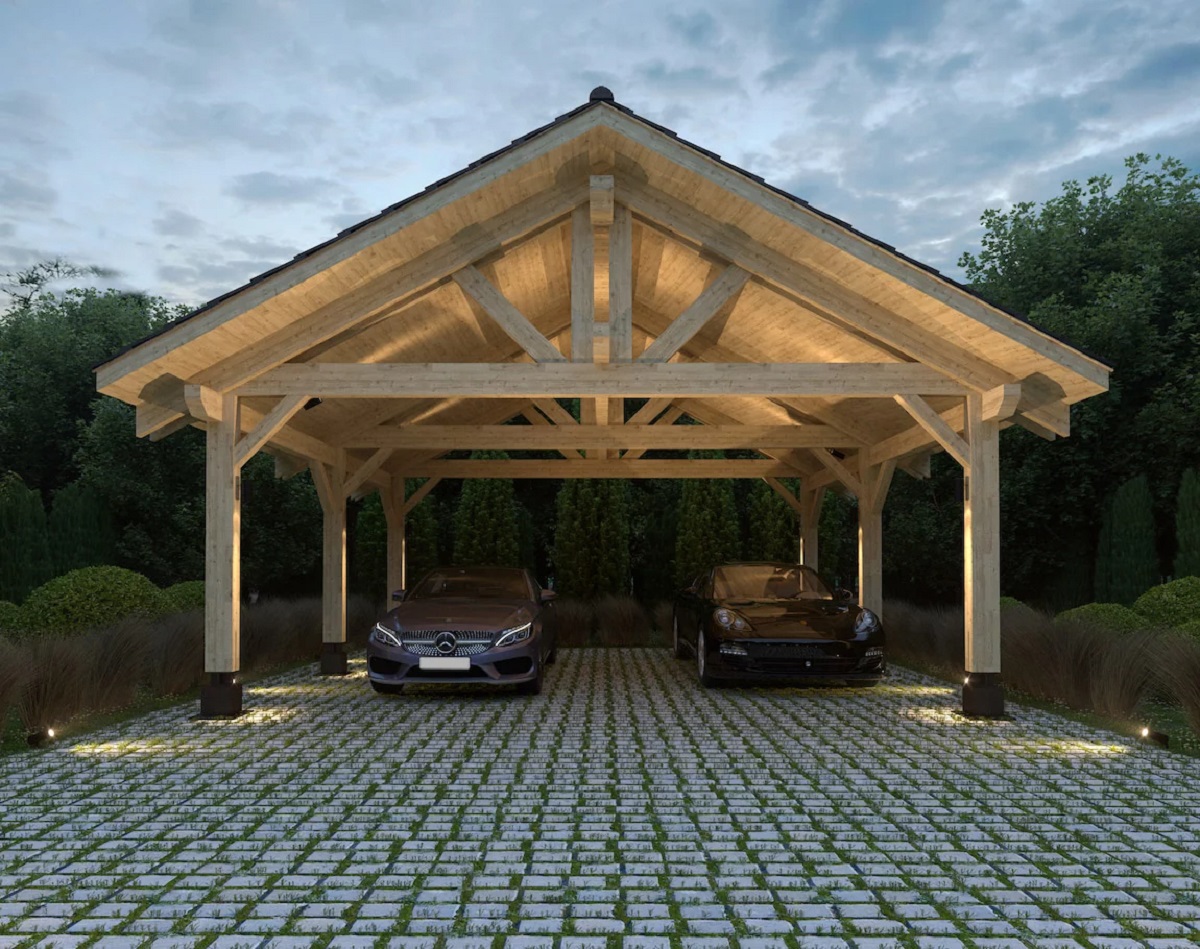
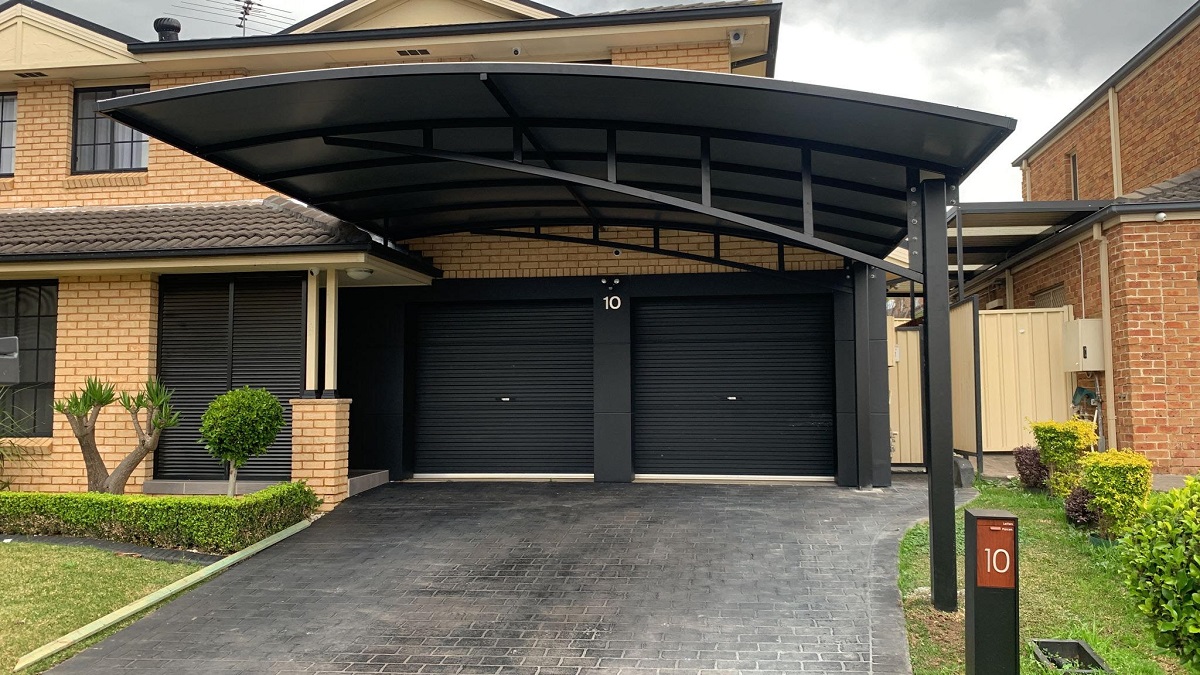
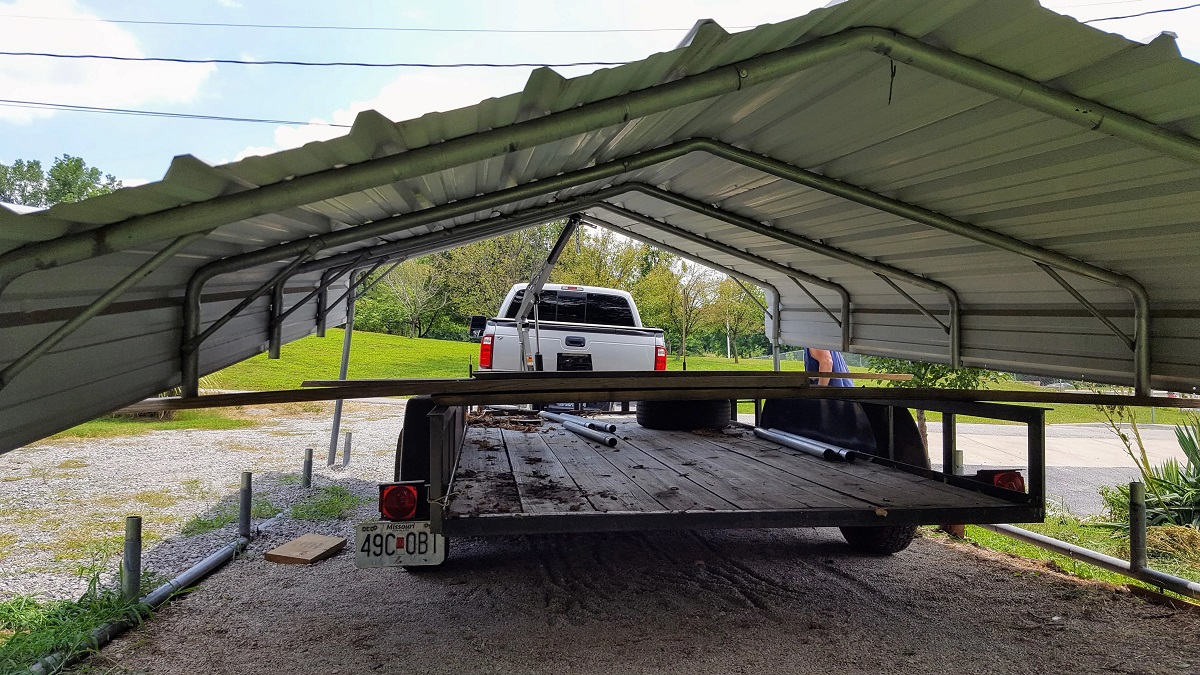
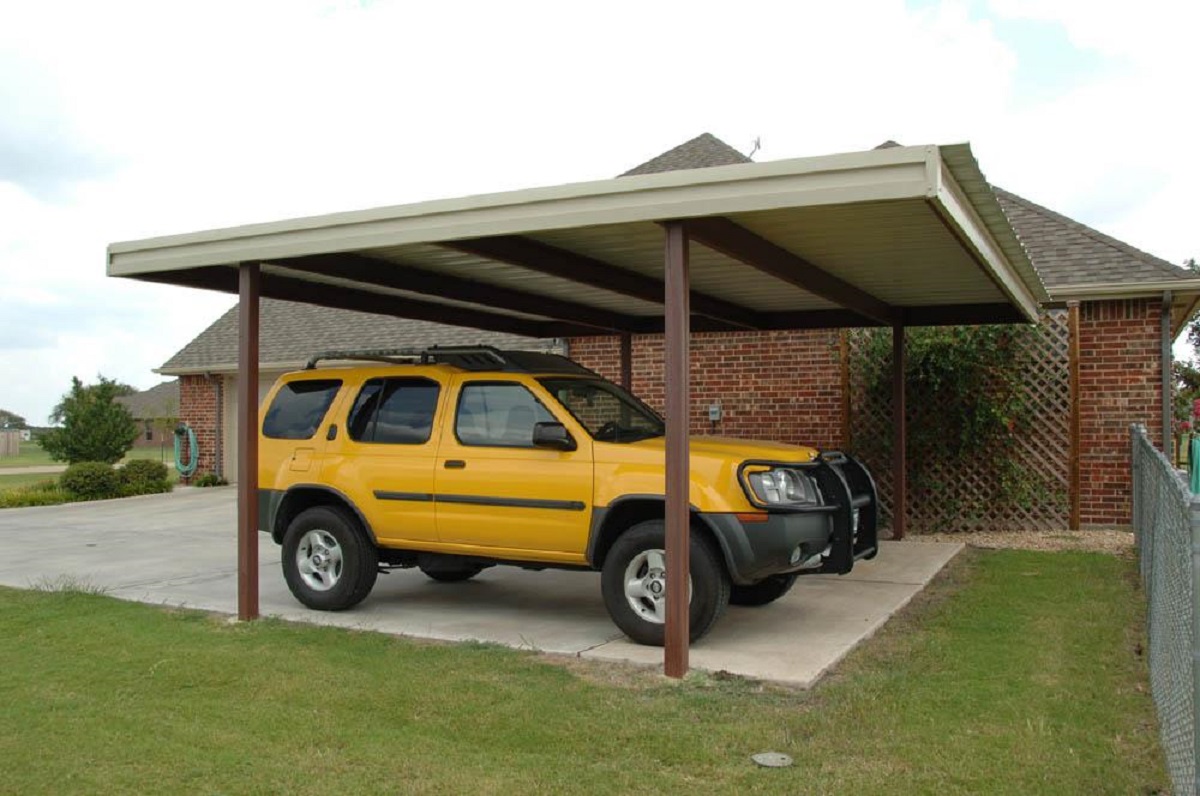
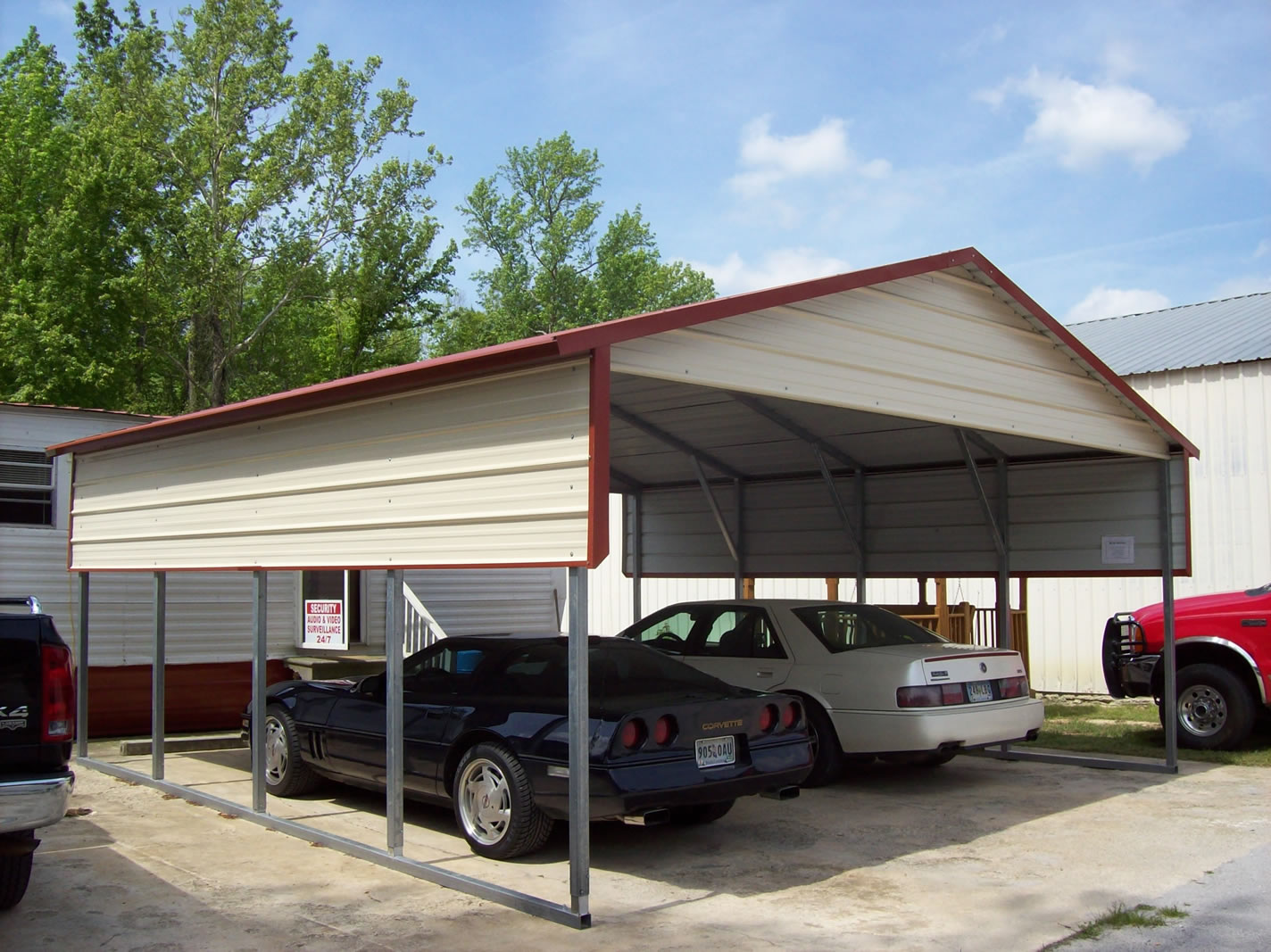
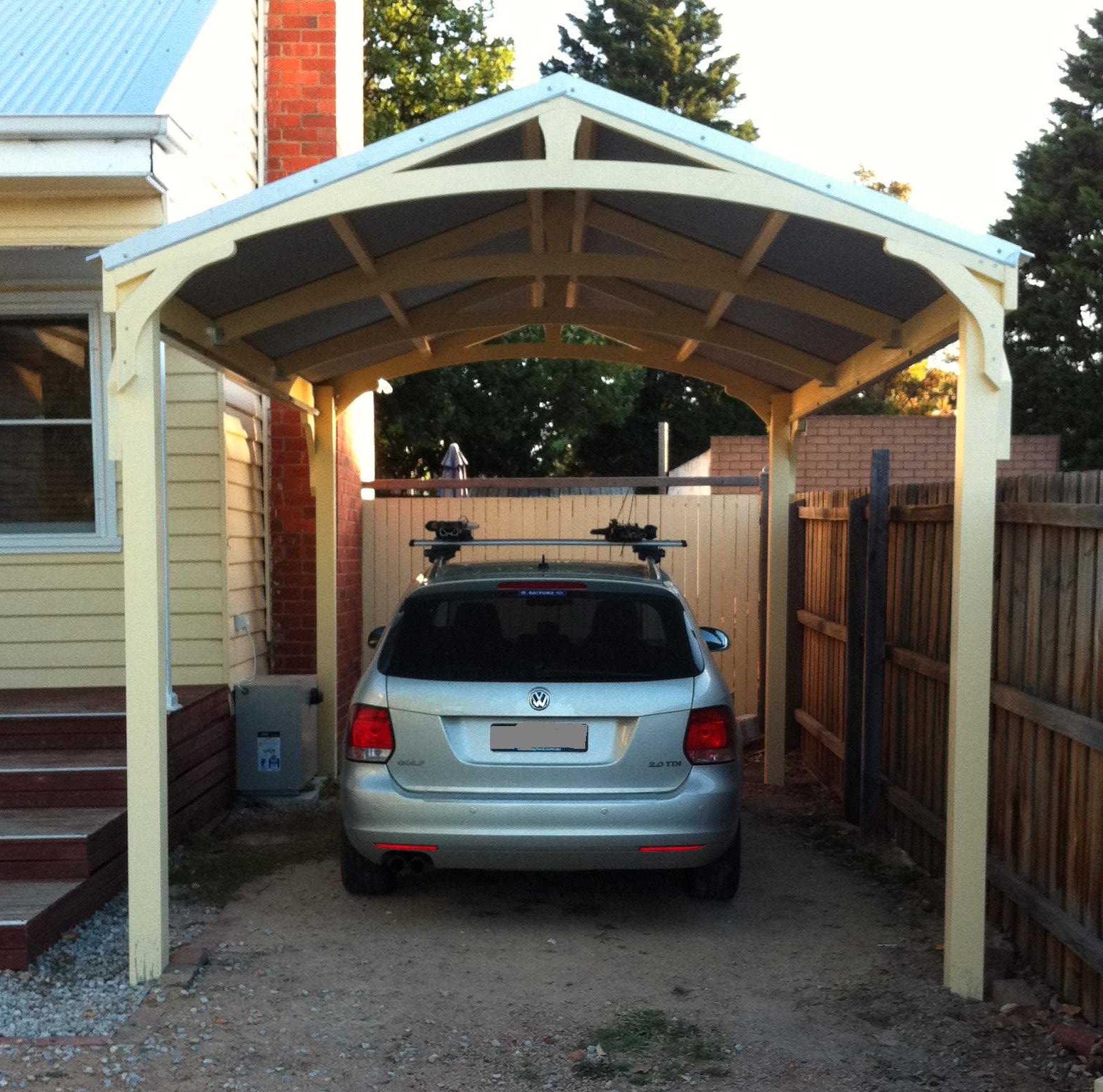
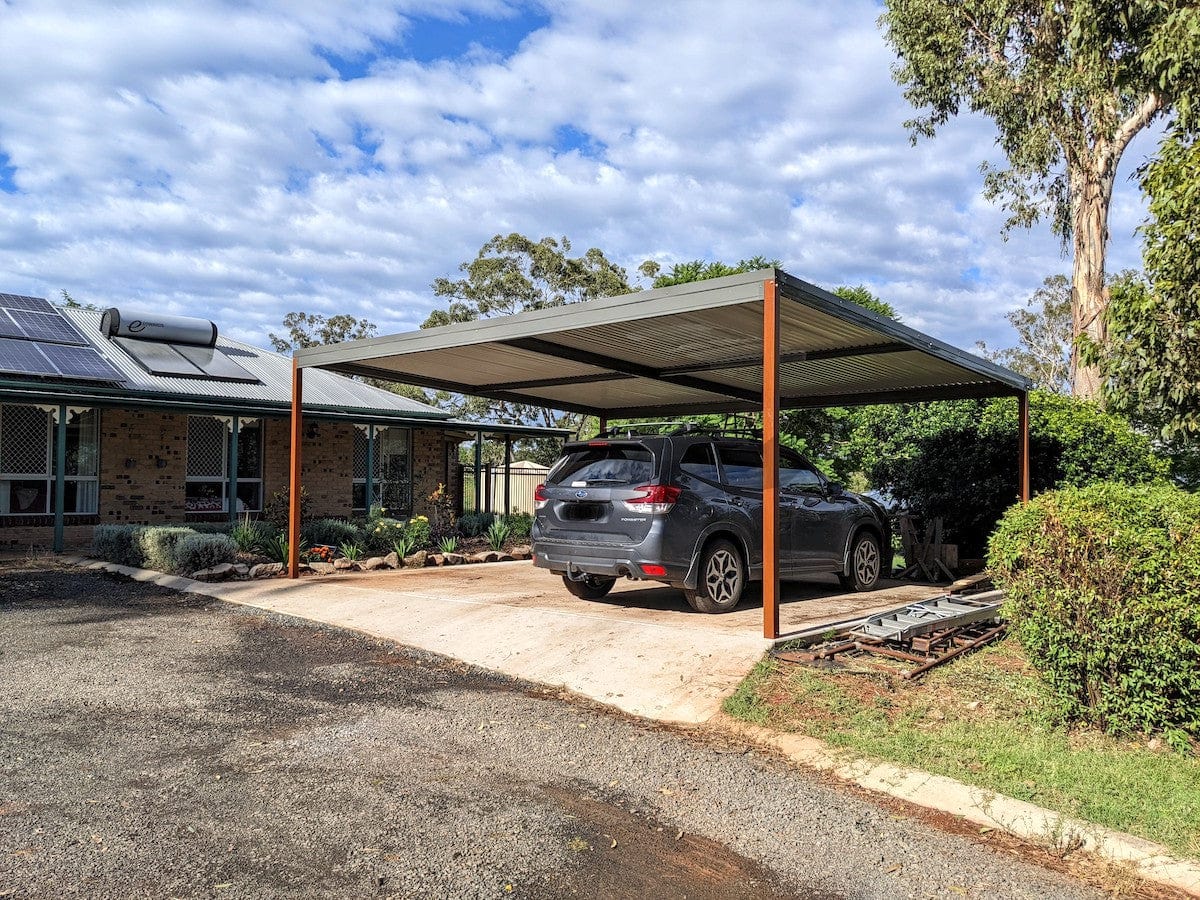
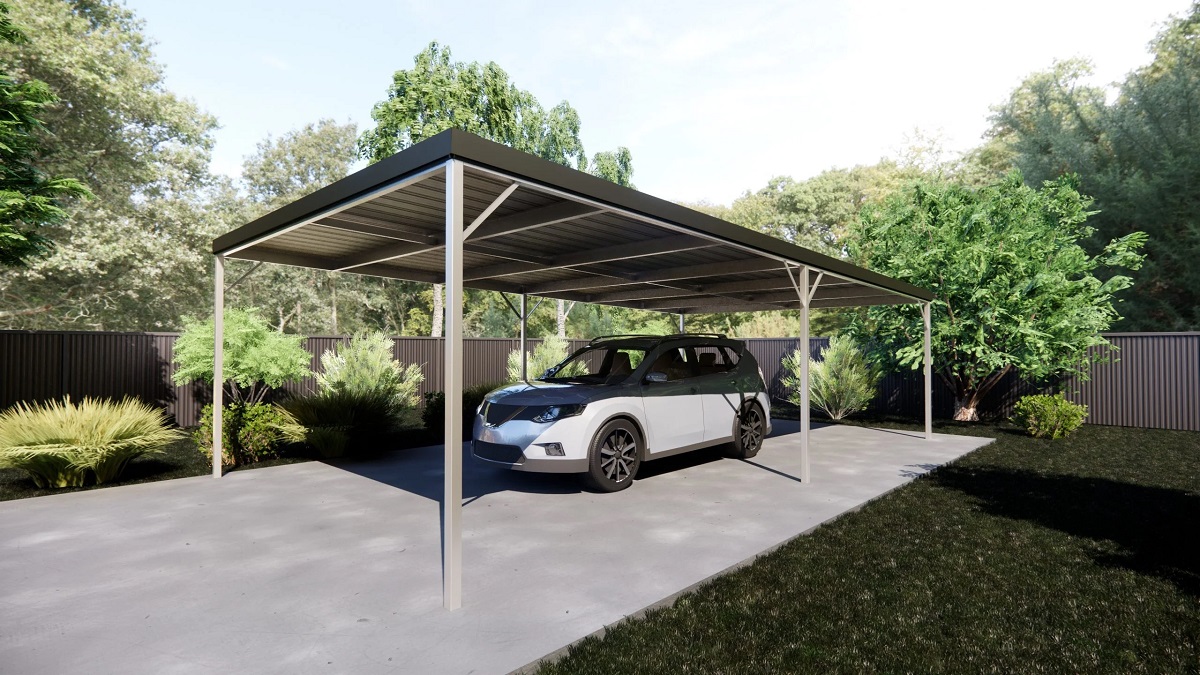
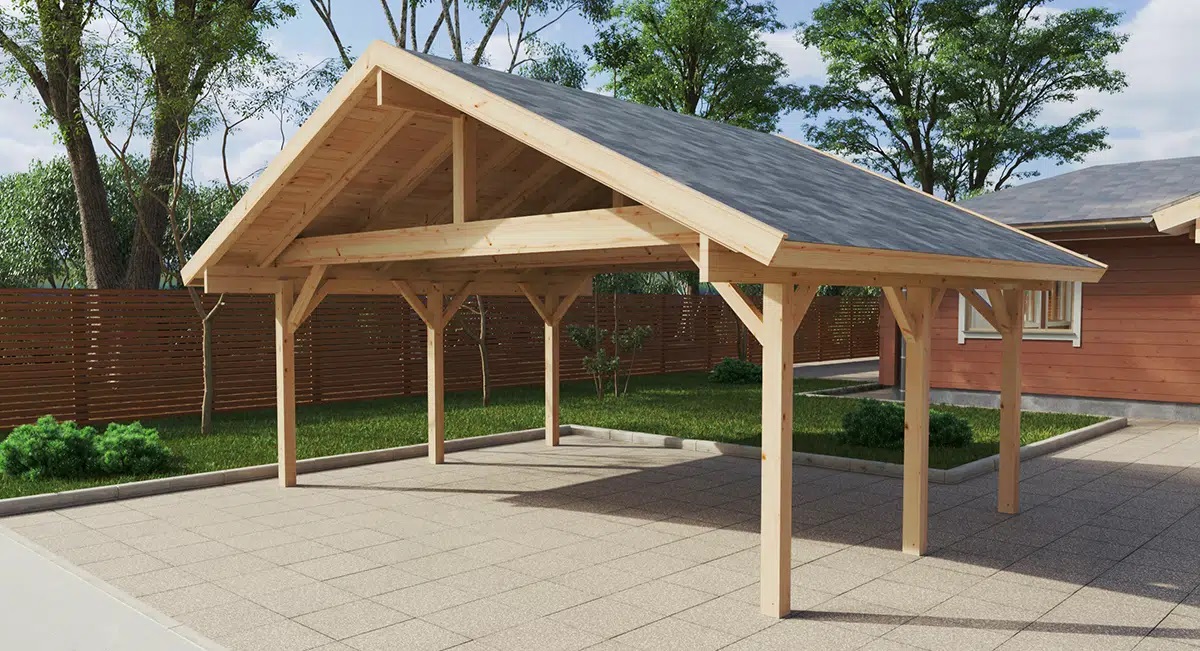
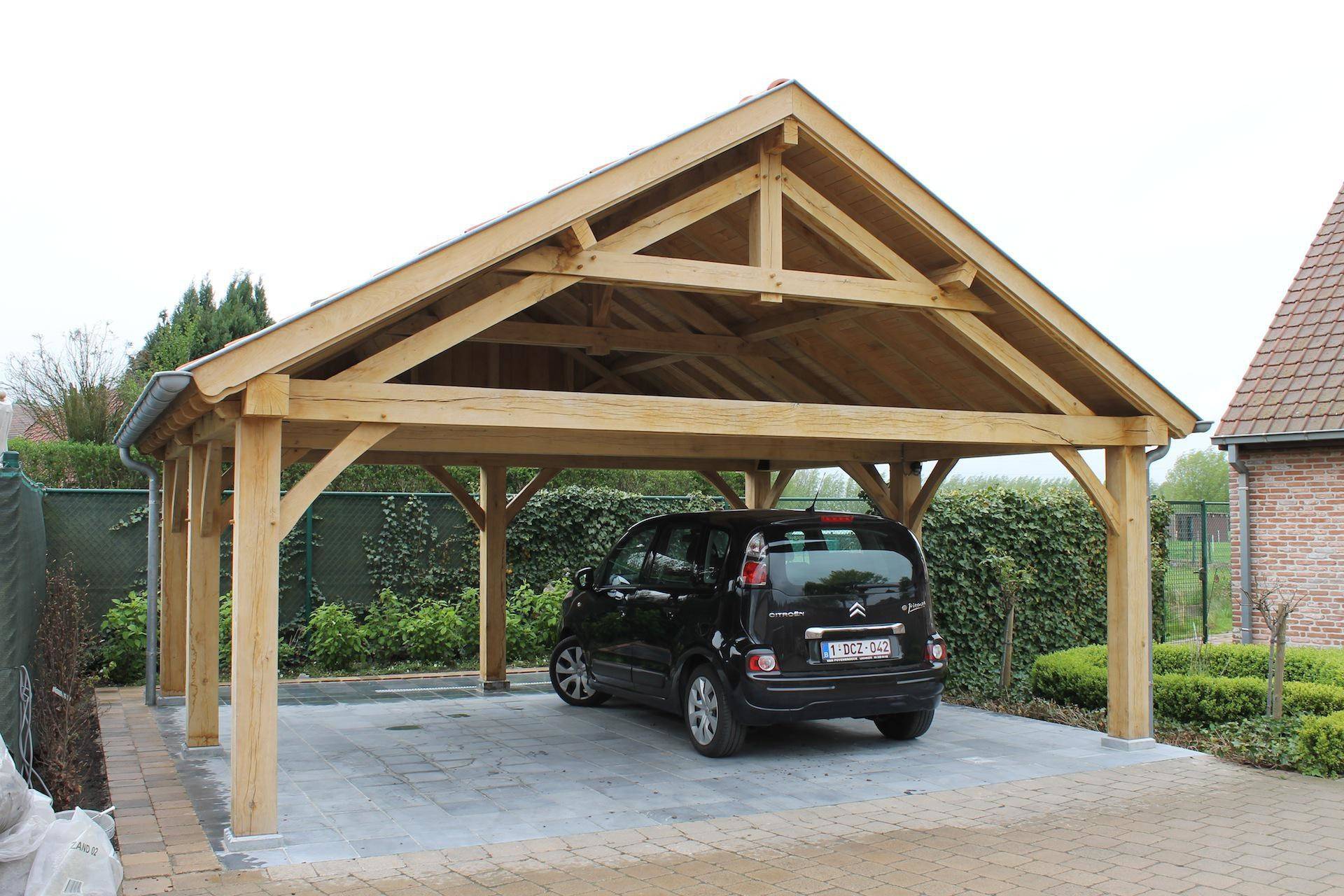

0 thoughts on “How To Inclose A Carport”